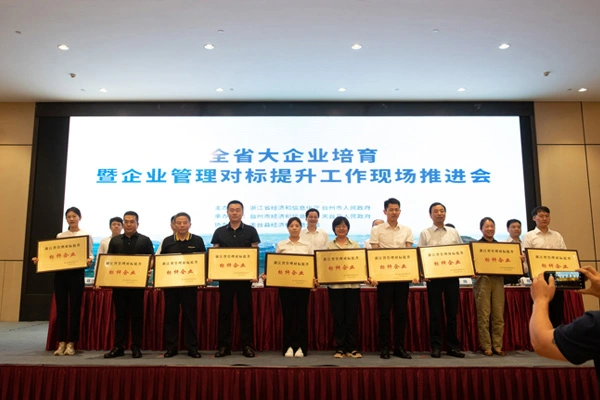As we all know, viscoelastic dampers are widely used as efficient damping devices in high-rise buildings, bridges, seismic retrofitting of building structures, and other construction-related industries. So, what role do viscoelastic dampers in buildings play, and what advantages make them so popular among people?
Viscoelastic Dampers in Building Have Strong Seismic Resistance
Viscoelastic dampers in buildings, as an outstanding representative of modern seismic technology, are characterized by their excellent seismic performance and multifunctionality. In earthquake-prone or seismically active regions, these dampers act as the "invisible guardians" of buildings, providing a solid defense for building safety with their unique dynamic properties and strong energy dissipation capabilities.
Viscoelastic dampers in buildings ingeniously absorb and dissipate a large amount of seismic energy during an earthquake through their stiffness-free, velocity-based design, without altering the inherent dynamic characteristics of the building structure, ensuring the stability and safety of the structure, akin to equipping the building with an "airbag." Their damping force-displacement hysteresis curve's full and nearly rectangular characteristics mean that under the reciprocating action of seismic waves, they can efficiently convert seismic kinetic energy into thermal energy release, significantly reducing the direct impact and damage of earthquakes on building structures, effectively lowering the economic losses and casualty risks caused by seismic disasters.
Viscoelastic Dampers in Building Are Economically Feasible
On one hand, viscoelastic dampers in building can reduce the quantity of reinforcement in shear walls and beam-column structures and the cross-sectional size of components, providing good economic benefits; on the other hand, they can be used not only for the seismic and wind resistance of newly constructed civil engineering structures but also widely applied in the seismic reinforcement or post-earthquake repair of existing civil engineering structures.
Viscoelastic Dampers in Building Are Convenient to Install and Maintain
Viscoelastic dampers in buildings are usually designed to have a long service life and be maintenance-free. However, in some special circumstances, certain maintenance and management are still required, such as initial inspections after one year of installation, periodic inspections three years, five years, ten years after completion, and every ten years thereafter. Timely inspections are needed after strong earthquakes or when buildings encounter disaster events such as strong winds or fires.
With their excellent seismic performance, wide range of applications, good economic feasibility, and ease of maintenance, viscoelastic dampers in buildings have become an indispensable part of modern seismic design, providing a strong guarantee for the safety of people's lives and property as shock absorbers for buildings.
 Natural Rubber Bearing
Natural Rubber Bearing
 Lead Rubber Bearing
Lead Rubber Bearing
 High Damping Rubber Bearing
High Damping Rubber Bearing
 Elastic Bearing
Elastic Bearing
 Friction Pendulum Seismic Isolation
Friction Pendulum Seismic Isolation
 Simple Support For Village And Town Houses
Simple Support For Village And Town Houses






















